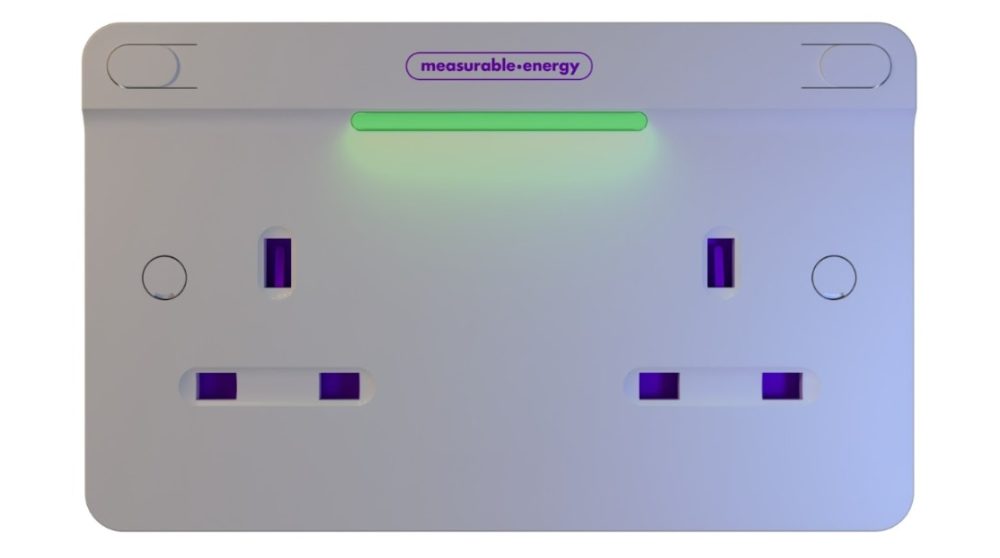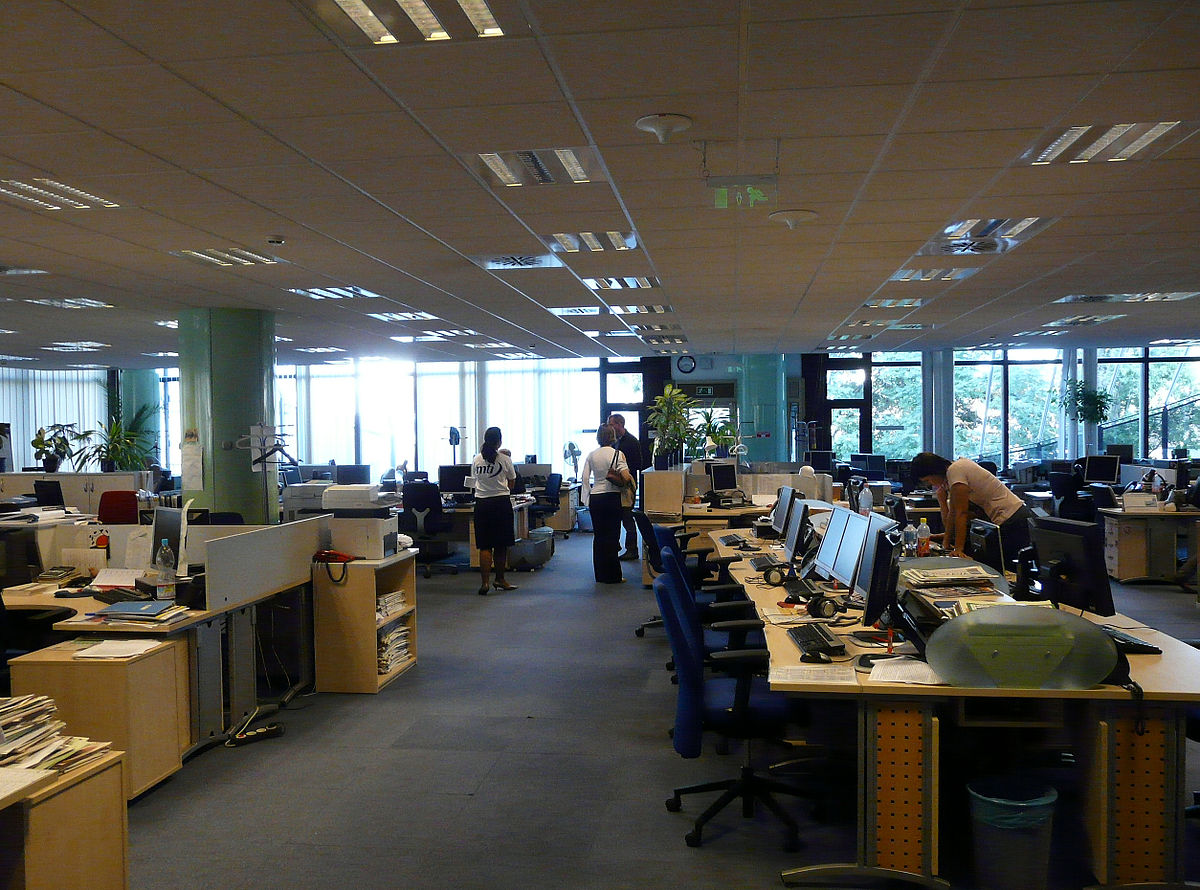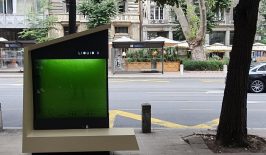There can be a lot of frustrations when working in a large office; people stealing your lunch, printers malfunctioning and the always present ‘office politics’. But, perhaps energy efficiency should also be added to that list.
According to a report by policy think tank Green Alliance, some offices have considerable energy footprints. For example, around 1,000 offices in the City of London use the same amount of energy as 65 thousand homes, and produce as much carbon emissions as 46,000 cars every year. Luckily, much of this can be saved by simply turning devices off when not in use, however, in an office environment, this is not always guaranteed.
A UK-based startup measurable.energy has developed a new breed of smart socket, tailored towards reducing the power usage in commercial buildings such as offices. The sockets, which replace traditional power outlets, are packaged with machine learning software and internet connectivity, allowing them to automatically provide feedback and manage the use of a wide range of devices.
The smart socket, which is essentially a small computer, is able to read the power usage of a particular outlet and make assumptions about the overall power usage in a specific building. For example, it can detect what items are plugged into it, and whether or not that item actually requires power at a given point in the day. Schedules can then be established to turn devices on and off automatically, hopefully reducing power usage over the short and long term.
The smart sockets also contain a clear indicator light which lets users know how ‘clean’ the energy they are currently using is. Using information from the National Grid, or other local energy networks, the measurable.energy socket shows a red light when most of its power is coming from fossil fuel sources and a green light when a larger share is coming from renewable power. Although the socket is unable to absolutely guarantee where the electrons are actually coming from, it is able to provide a general average overview based on real-time data.
It is hoped these clear and easy-to-understand indicator lights can help modify users’ behaviour. For example, activities such as charging a phone could be delayed until renewable energy is being used, while the system can also be automatically set up to only power certain devices when renewable power is in abundance.
An associated platform and app can also provide a clear overview of power usage down to an individual socket level, also illustrating where and when power is being used in certain areas. All of this information can be used by building managers and staff to better conserve power, and ultimately save money.
Offices in particular are often highly inefficient in their power use. A single office may include thousands of individual devices connected at once, not all of which are actively being used. Some may also be left on overnight, for example, with monitors in standby mode or vending machines left on. Large open-plan offices are also harder to heat and cool, requiring more energy. Overall so-called small power — such as computers, phones, printers, chilled water fountains etc — can make up 40 percent of a building’s energy footprint.
There is perhaps a psychological issue at play as well. As a commercial office space, workers may not feel personally responsible for turning items on or off, or may be reluctant to turn off items in the work area of colleagues — despite those items not being used.
However, measurable.energy suggests that with a few small adjustments, at least 20 percent of an office’s energy can be saved — resulting in savings in the thousands. According to measurable.energy 100 of their sockets could save a business 5,000 GBP a year, and reduce their carbon emissions by 3.4 tonnes.
They also suggest their smart sockets are the only ones tailored to commercial buildings. Although other smart sockets exist, these are usually marketed towards residential buildings and can even use more power to operate than they save. The team at measurable.energy aims to keep the energy use of each socket below 0.5 watts, with a long-term plan to reduce this even further to 0.3.
Security is also an important issue, especially in commercial or government offices. Since the measurable.energy platform manages an entire building’s power supply, nefarious actors could manipulate it to take a business offline. To avoid this, the sockets come with hardware-enabled encryption and regular updates to keep them secure.
Currently, the measurable.energy socket is only available for use in the UK. However, EU and industrial socket versions will be made available this year.









